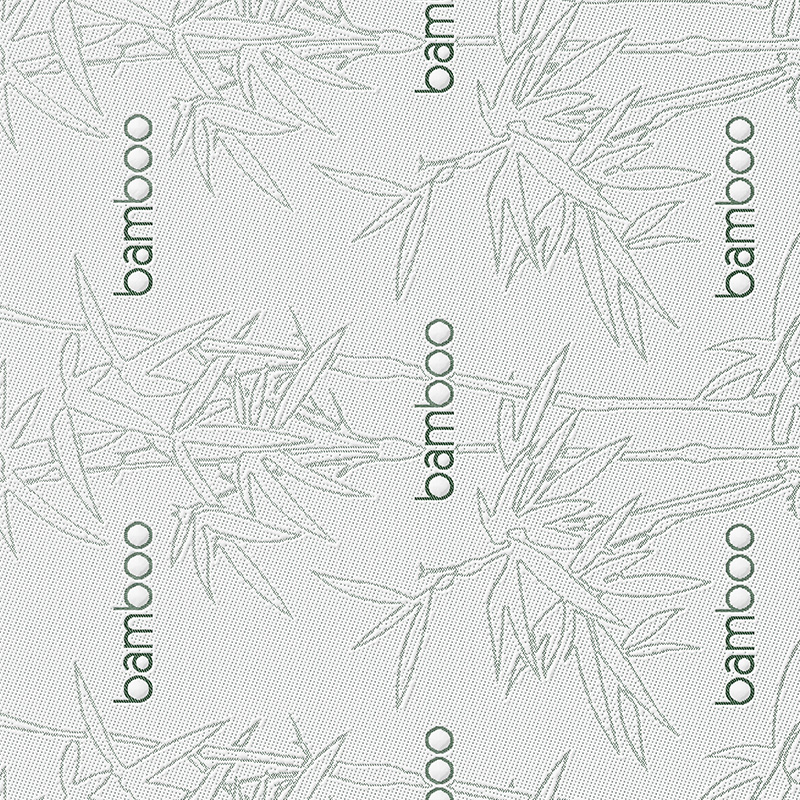Bamboo knitted fabric is not just limited to clothing; its versatility extends across various industries, offering solutions for home textiles, medical applications, and beyond. This unique material's adaptability stems from its inherent qualities, including strength, softness, and antibacterial properties, making it suitable for diverse uses.
In the realm of home textiles, bamboo knitted fabric shines as bed linens, towels, and upholstery. Bed sheets made from bamboo are highly sought after for their hypoallergenic nature and temperature-regulating capabilities. Unlike synthetic fabrics that trap heat, bamboo fibers allow air to circulate freely, ensuring a restful night's sleep regardless of the season. Similarly, bamboo towels are prized for their absorbency and quick-drying properties, reducing mildew buildup and extending product life.
Beyond household items, bamboo knitted fabric finds applications in healthcare and wellness products. Medical professionals appreciate its antibacterial and antifungal attributes, which help minimize infection risks in wound dressings, bandages, and hospital gowns. For patients with sensitive skin or chronic conditions like eczema, bamboo-based textiles offer relief without causing irritation. Additionally, compression garments made from bamboo blends provide support while maintaining breathability—an essential factor for post-surgical recovery or athletic training.

The fabric's UV resistance adds another layer of functionality. Bamboo naturally filters out harmful ultraviolet rays, making it an excellent choice for outdoor gear such as hats, scarves, and sun-protective clothing. Parents especially value bamboo knitted fabric for children's apparel, knowing it shields delicate skin from sun damage while remaining gentle and non-toxic.
Moreover, bamboo knitted fabric supports circular economy initiatives through its biodegradability. At the end of its lifecycle, the material decomposes naturally without leaving behind microplastics or toxic residues. This contrasts sharply with petroleum-based synthetics, which persist in landfills and oceans for centuries. As brands strive to reduce their environmental footprint, incorporating bamboo textiles into product lines becomes a strategic move toward greater sustainability.
On the creative front, designers are experimenting with bamboo knitted fabric to push boundaries in fashion and art. Its draping ability and subtle sheen lend themselves well to avant-garde designs, adding depth and texture to collections. Whether used in flowing dresses, structured jackets, or intricate accessories, bamboo fabric elevates craftsmanship while promoting ethical practices.
While the adoption of bamboo knitted fabric is gaining momentum, education remains key to unlocking its full potential. Consumers need to understand the nuances of responsible sourcing and manufacturing to ensure they're supporting genuinely sustainable products. By prioritizing transparency and innovation, stakeholders can harness the power of bamboo to create a brighter, greener future.